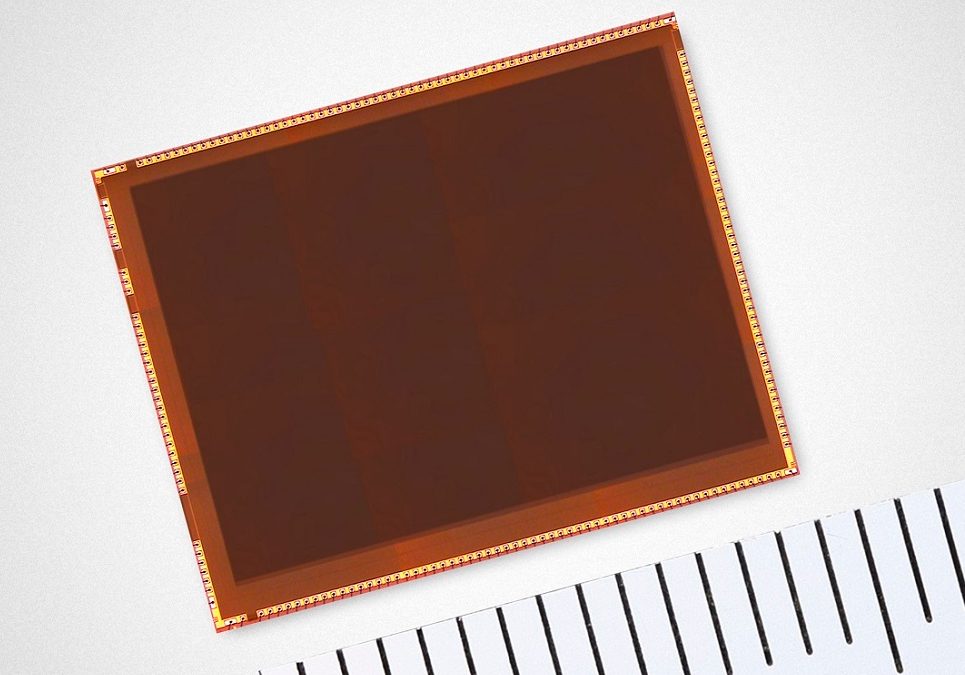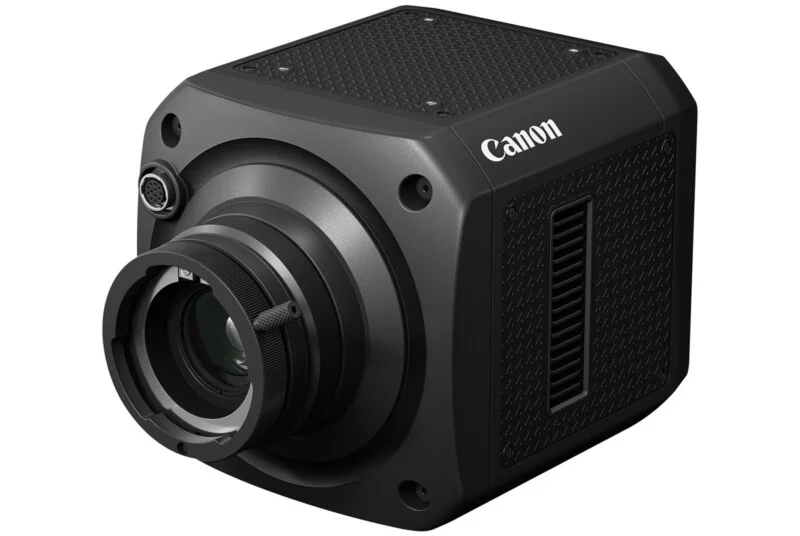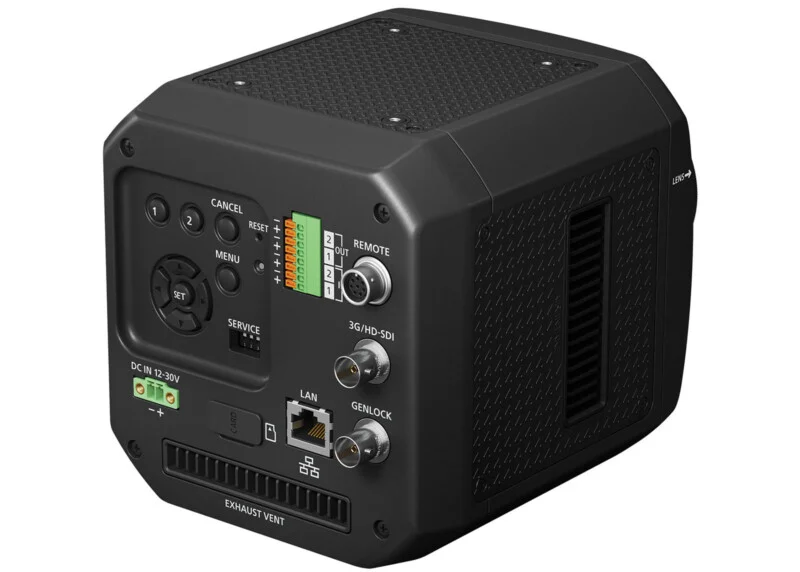
This Revolutionary New Canon Camera Has Insane Low-Light Specs
News | By Stephan Jukic | August 2, 2023
Canon is bringing a rather unique new camera to the market and its sensor technology gives it extraordinary ultra-low light vision.
The Canon MS-500 was originally announced in April of this year and comes equipped with a Type 1 Single Photon Avalanche Diode image sensor that’s also called a SPAD for short.
Essentially, the MS-500 delivers truly extreme low-light capabilities by combining different technologies in a new way. One of these is its 3.2MP SPAD sensor and its unique low-light functionality.
The other technology is the new level of resolution for the sensor itself. Though 3.2MP may seem modest compared to what we normally see in modern digital mirrorless CMOS sensors, SPAD is an entirely different animal that uses pixels in a wholly different way.

The MS-500 camera also uses a B4 bayonet lens mount that’s of an industry-standard type widely used for 2/3-inch broadcast lenses from Canon’s own line of these optics.
It’s worth noting here that this is a surveillance and security monitoring camera we’re talking about, but the technology inside it is absolutely worth knowing for any photographer.
Here’s what Canon has to say about the MS-500:
“In areas with extremely high-security levels, such as seaports, public infrastructure facilities, and national borders, high-precision monitoring systems are required to surveil targets both day and night accurately. The new MS-500 camera is the world’s first ultra-high-sensitivity camera equipped with a SPAD sensor, achieving a minimum subject illumination of 0.001 lux,”
Essentially, the MS-500 combines low-light sensitivity, resolution and zoom capabilities in a broadcast/monitoring camera that’s very unique when paired with the right Canon broadcast lenses.
Canon even claims, “When combined with ultra-telephoto broadcast lenses, it may be possible to capture clear color videos of subjects at a distance of several miles, even at night.”
If you’re wondering how all this is possible in a sensor with only 3.2 megapixels of resolution, the devil is in the differences between CMOS sensors in consumer cameras and SPAD technology.
With the SPAD sensor of the MS-500, every light particle that reaches every pixel on the sensor surface is converted to an electric charge individually and collected until an “avalanche” of resulting electrons multiplies to form a visual signal that’s almost entirely free of noise.
The result of this individual photon counting is a sensor that drastically minimizes electronic noise and by doing so, creates extremely clear low-light images despite its relatively small absolute size.

CMOS sensors on the other hand work by having each of their pixels measure all the light that accumulates on it in a given time frame.
This light includes electric noise, which contaminates most low-light images to some degree (as any photographer shooting in low light knows.)
This crucial difference between the two is what should make SPAD sensors so revolutionary according to Canon, regardless of their absolute resolution so far.
Canon’s fact sheet on this new technology goes into much more detail and is definitely worth a read.
The video below from Canon also provides additional details about how SPAD works and it’s also worth watching.
Canon further summarizes the power of SPAD sensor tech by explaining that,
“The SPAD sensor uses a technology known as ‘photon counting’ which counts light particles (photons) that enter a pixel. When incoming photons are converted to an electric charge, they are amplified approximately one million times and extracted as digital signals, making detecting even small amounts of light possible,”
These technical details of SPAD are what let it capture crisp, clear color video even in absurdly low lighting of as little as 0.001 lux.
Canon has also prepped the MS-500 for observing distant objects by giving it custom picture functions for haze and noise reduction.
One of these functions is called CrispImg2, which is a custom mode for optimizing resolution and contrast while suppressing noise through the innate capabilities of SPAD.
Other features of the MS-500 camera include Haze Compensation and Smart Shade Control, for mitigating the effects of haze and mist during long-range video recording.
Users of the MS-500 can also create their own custom picture profiles for their specific atmospheric and ambient needs. These include settings for shooting in nearly any environment and either during the day or at night.
With all these specs, features, and its revolutionary internal technology, you shouldn’t expect the Canon MS-500 to be cheap, because it definitely isn’t.
This boxy little camera costs $25,200 and will be available directly from Canon as of September of this year.
Now we just have to wait and see if SPAD technology ever makes its way to the consumer camera market for some truly incredible night shooting specs.
Image credit: Canon Global

Check out these 8 essential tools to help you succeed as a professional photographer.
Includes limited-time discounts.













